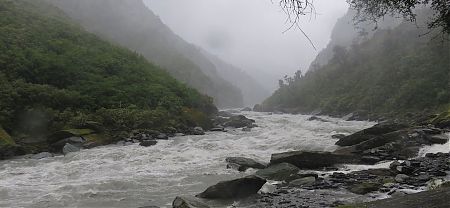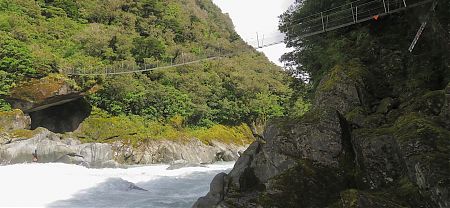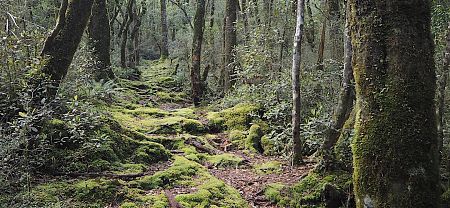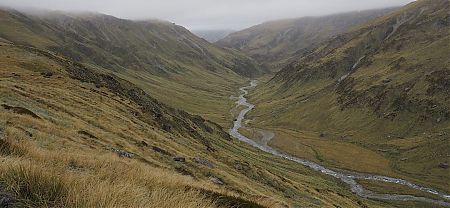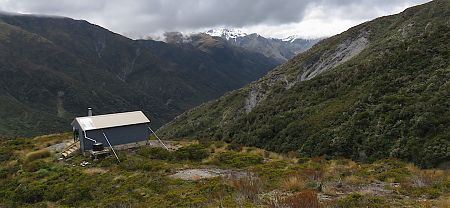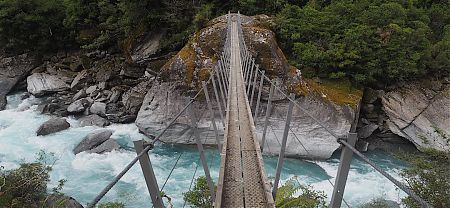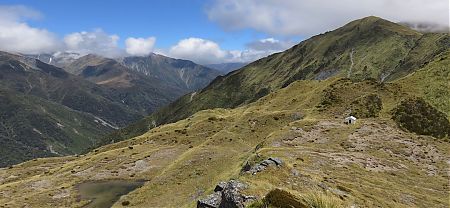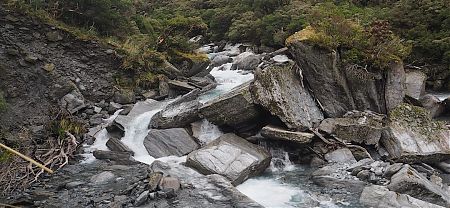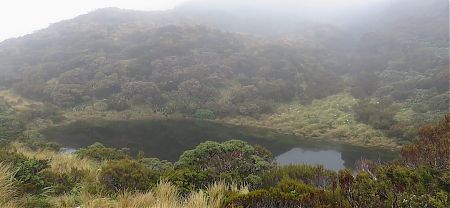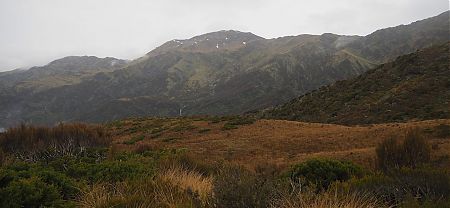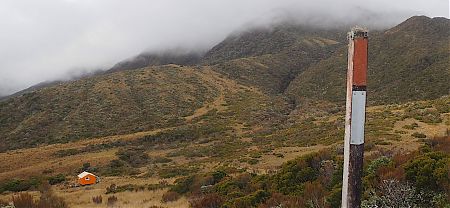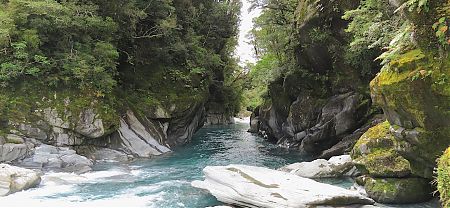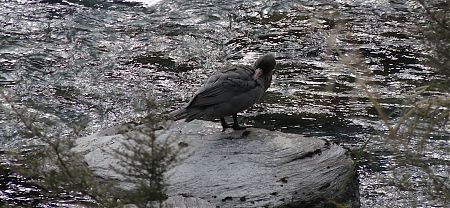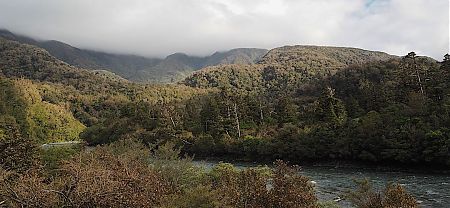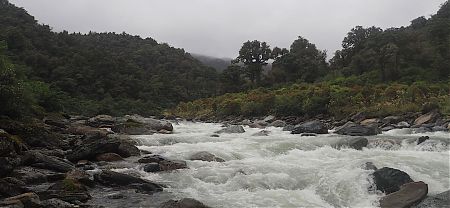Frew/Toaroha Saddles blog | December 2016
I was asked by a friend if I wanted to ride the West Coast Wilderness Trail. I am a keen cycle tourer.
“Err, no,” from me.
I was spending the summer tramping, and biking wasn’t going to be featuring.
“So, where are you starting, and when?”
“Hokitika, on Monday the 20th,” I said.
“Well, how about coming down with us on Friday 16th instead.”
I could drive the car from where I let them out to do their ride, and leave the car in Hokitika where they finish.
A moment’s thinking. “Good one.”
Two parties’ transportation issues resolved.
“It would be a pleasure to be of assistance.”
They rolled around to pick me up at the allotted time, right on the dot. That’s an excellent start.
Later, the initial road aspect of the trip over and due to good conversation speeding on by, I realised it wasn’t such a fine start. I had left all my spare camera memory cards back home. Well, that could be rectified back at Greymouth, and, much to my surprise 16 and 32 GB memory cards were available at a 50% discount. Problem solved, the trip was back on track.
There were some things to do for the team, deliver their consumables to their accommodation up at Lake Kaniere, then drop off the car where they would be staying the second night. The walk up the beach to where I was staying was invigorating, Sou’wester was blasting in, cool. But the beach was filled with perfectly smooth pebbles from glaciation. It was tempting to take a bundle but my pack was already overweight, stashed with two weeks’ food, no point in increasing the weight, even slightly.
Crashed out early, all prepared for a full on West Coast experience in the hills.

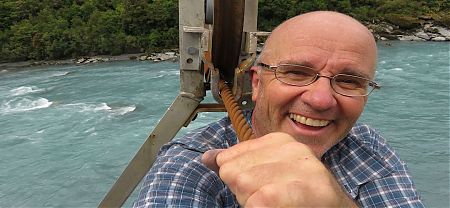
On your own, you fly rapidly to the middle of the river, then with some momentum get about three quarters of the way across before your arm muscles get a major workout as you drag up the increasingly steep wire.
What happened next was the single most crazy thing I’ve ever encountered on a tramping expedition. My pack slipped over, and slid slowly down the sloping mossy rock into the huge raging flooded Whitcombe River!!
My thinking was that where I’d picked my pack out of the river yesterday there was only a 10 m gap before flat rocks started. I just had to get across that.
Much of the trail was a steep sidle, with the old swamp-on-a-slope thing, including various obstacles, boggy patches, mossy rocks to slide down, damp gullies to cross with little to hold onto, etc.
I mostly arsed my way down from the pass, seem to have ripped my shorts anyway. Yeah, it was steep enough, and snow grass makes for a good slide.
It’s Big Country, perilously steep, and I can see why few venture in here.
I guess many who pass through would jump a few huts here, but I wanted to take in these surroundings. It had taken so much effort to get here, to me there was little point on rushing on through.
The sun was out on the saddle and I sat around a while eating lunch, enjoying the view back to Bluff Hut, clearly visible, up Sir Robert Creek, up Mungo River almost to Mungo Hut, and all the surrounding mountains.
I’ve got a New Plan. I feel some of the weight off my shoulders.
I followed my GPS map, that shows you where you are in the landscape, an entirely useful feature in semi-whiteout conditions.
So it kept raining, often just the typical West Coast wetting drizzle, at other times torrential.
No, I’ve come to the conclusion that despite the decent length of daylight at this time of year, it might be more sensible to visit the West Coast river valleys in the more settled weather of March.
And the first humans encountered for almost two weeks, well, since early on Day 1, four teenaged guys, who seemed to be travelling together. Fortunately there are two adjacent huts so I was not obliged to witness most of their shenanigans.
The fare was a type of pre-processed, pre-cooked sausage that I had previously been aware in a plastic bag on the supermarket shelves, but had not actually sampled. We knew when they were heated sufficiently on the end of sticks when a white goo, termed cheese apparently, started to ooze from the casing.
I watch sodden wekas stalking about until they also have enough of the weather.
Yay! An elderly couple, with a combined age in excess of 160 years, they had married in 1963, and spoke of possuming in the 1950s. On the straights he managed a maximum of about 37 km an hour, mostly on the wrong side of the road, his erratic wandering had me worried.

